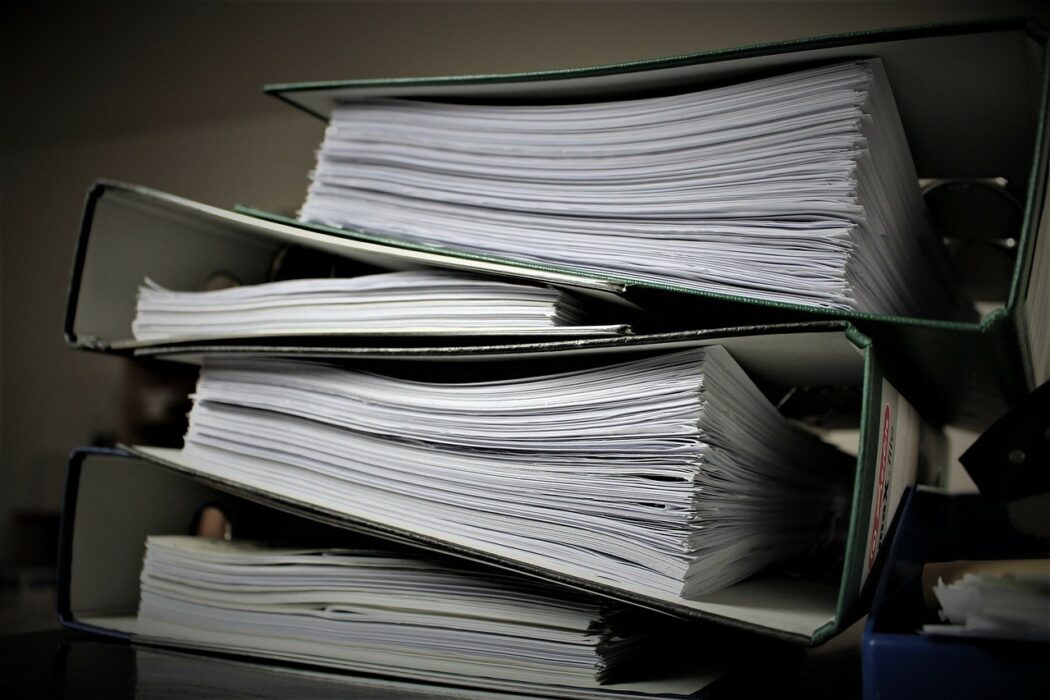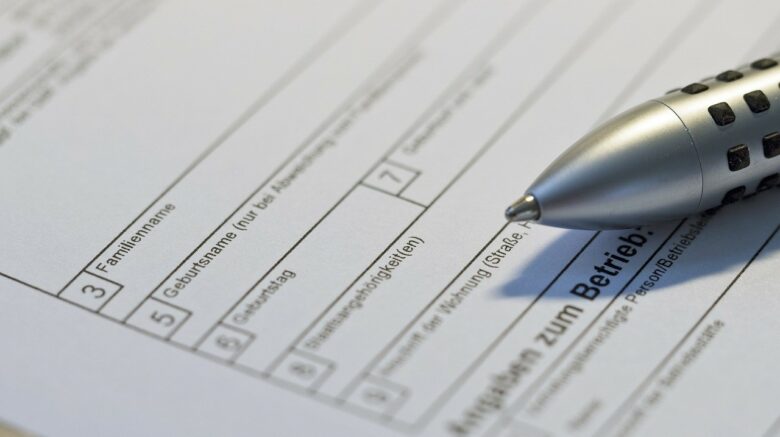Even though this phenomenon is rather complicated, it can be characterized as an insufficiently effective system that is overfilled with various conditions, rules, and regulations. When talking about this term, people often imagine a huge number of forms that need to be filled out and endless trips to the offices of different departments in order to do some insignificant action.
In fact, the reality is not too different, and you can face bureaucratic delays in various areas of activity: from appeal to business. Although bureaucratic approaches are usually implemented concerning large enterprises, you can see their manifestations everywhere. On the one hand, this is a definite set of rules and norms established to regulate work, for example, a certain business, and to understand the algorithm of actions in different situations.
At first glance, this sounds like a good idea since everyone knows what to do in this or that situation. At the same time, the cost of time and resources to perform relatively simple tasks increases significantly. Below you can learn more about the main types of this system as well as its functions.
Main Types of Bureaucracy
Since the concept’s inception, there have been various systems that have helped to classify it.
Currently, experts distinguish three main types, which you can see below.
But before proceeding directly to the types of this system, it is necessary to clarify several important characteristics.
- Strict hierarchical. Regardless of the type, any bureaucracy is a strictly systematized and ordered structure. Thanks to this, climbing the career ladder can be carried out only in a certain way and through strictly-defined positions.
- Standardization. Any procedures that bureaucrats operate have a clear description that is absolutely identical for everyone. It helps achieve predictability and a clear understanding of processes.
- Rule priority. Any system of this type is based on a set of internal rules created for each type of employee. The rules clearly describe all possible situations, the system of fines and rewards, and so on.
It is only a general description of the main characteristics of this system. Nevertheless, it can be seen from it that the bureaucracy was created not in vain and has quite a logical background. It is also worth noting that, depending on the management, you can maximize the use of the services of this system and minimize losses.
Public
In this case, as a rule, we are talking about highly qualified employees and candidates who have undergone a thorough check. Undoubtedly, in order to understand the state type of bureaucracy, it is necessary to spend more time and resources since it is characterized by more inclusiveness.
The government bureau always has more opportunities and access to such data the private sector does not have. There are still a large number of people who prefer this approach. At the same time, an increasing percentage prefers the private type since it covers the various needs of their company. The main reason for this is confidentiality.
Private
In general, this system is quite similar to the previous one, but with several exceptional features. To improve understanding, we can say that the main difference between these two types is the entity that owns them (public or private property).
Hybrid
As the title suggests, here they mean mixing different features and characteristics of various bureaucracies. Within this category, various experts distinguish the following subtypes.
- Formal and informal. In this case, you are faced with fairly strong institutions and norms that have come from government officials of various ranks or managers and regulate the basic rules for the functioning of a company, organization, and so on.
- Rigid and flexible. In this case, it means the ability of the system to change or bypass certain rules and so on.
- Simple and complex. As a rule, within this category, complexities and hierarchies are considered.
Of course, it is difficult to find a system that would not include the various features of all three of the above subtypes.
Key Functions of Bureaucracy
It is unlikely that anyone has a positive association with the word bureaucracy. Everyone prefers to think that this mechanism only complicates and slows down all processes. In fact, it is a simplified perception since the bureaucracy functions are much wider. Below you can see more on this topic.

First function
The main task of this system is to minimize the human efforts aimed at its performance and maintenance of its functionality. Following this logic, we can say that if the number of people who perform bureaucratic work is reduced, then any company would have more opportunities to work as a unit.
Second function
In this case, we are talking about controlling and limiting the flow of information. As part of this, any data is divided into public and confidential. As an example of confidential data, you can use information about employees’ monthly salaries. In fact, these data are not available to those who do not need it directly to perform their official tasks.
As for public information, this data is available to everyone who uses special channels. Companies and organizations use different methods to control the flow of information. At the same time, these methods can differ significantly depending, for example, on the type of government of the state. For example, freedom of speech and the press in a democratic state has little to do with the total censorship of an autocratic system.
Third function
The third task of this system is the maintenance of accounting records. It helps to understand what happened earlier and what has led to the current results. Moreover, it helps a lot to facilitate the interaction between different employees in the same department.
Fourth function
This function is responsible for standardizing the data and necessary procedures. With this approach, a common algorithm of actions appears, which helps to maintain balance in changing business conditions.
